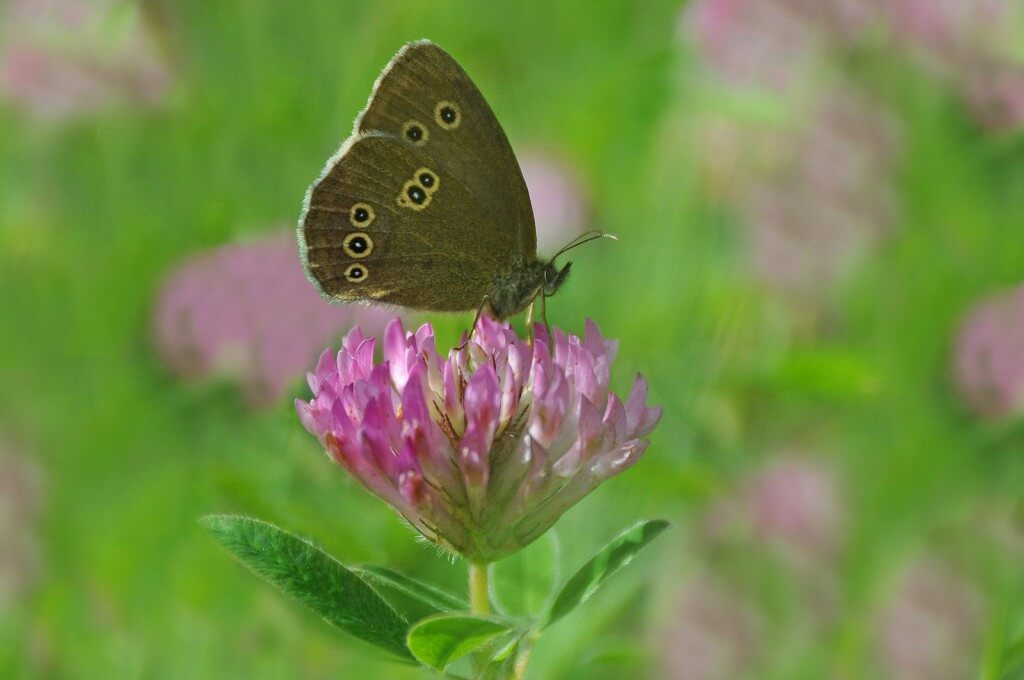
I think Butterfly Conservation‘s magazine, wittily called ‘Butterfly‘, is the best read of all the magazines produced by wildlife NGOs.
I’m not sure whether it has had a make-over because it has always been excellent, but the current issue, that has a common blue on the cover (a close up of the image used at the top of this post – by Tim Melling), is both beautiful to look at and interesting to read. It seems to be written for people with brains who are interested in butterflies and moths – and I claim to be in that group.
I’m sure there are loads of people who should be thanked for producing such a lovely magazine but Liam Creedon (Editor) and Natalie Ngo (Assistant editor) must be numbered amongst them.
In this issue there are adverts (but they don’t intrude), graphs and tables (but they are easy to understand), a few long words (but I can cope), marvellous photographs and some very interesting articles which tell me (and you) about butterflies and moths and about what Butterfly Conservation is doing for them.
There is at least one image, usually more than one, of a butterfly or moth on every one of the 40 pages of the magazine except the advert on the back cover and one page inside (which has a half-page photo of butterfly habitat and, broad-mindedly, a bird, instead).
But I really didn’t just look a the pictures, I really did read the words. and the variety of articles and the level at which they were pitched seems to me to be perfect for a lot of people like me who are keen but a bit ignorant and also for those who know quite a lot more. It’s a difficult balance to get right.
You still have time to participate in Butterfly Conservation’s Big Butterfly Count and you still have time to vote in my poll on whether you support the RSPB’s decision to change the name of their magazine to ‘Nature’s Home‘.
Let’s end with another of Tim Melling’s photos – a ringlet.

[registration_form]
Isn’t it great to find a magazine nowadays that’s written from the heart and informative.
If they decided to move beyond butterflies, they could rename it: “I Can’t Believe it’s not Butterfly”.
By working in the charity sector, the Assistant Editor seems to be displaying signs of nominative determinism. Am off to check whether Tesco’s customer magazine is edited by someone called Joe Supermarket.
Ima – you keep on hitting those balls to the boundary.
I put it down to a diet of Billygoat burgers and a life spent observing the passing traffic on rickety rackety bridges.
I agree Mark, it is a great magazine, and Butterfly Comservation are currently running a half-price membership offer (other NGOs are available), which is only £15 per single member for first year.
Tim – welcome! and that is very good value. And Butterfly Conservation’s staff are really lovely too.
Mark, I think some of the really dynamic and effective little conservation charities like Butterfly Conservation and Buglife present quite a case against the idea which you have floated from time to time that we need fewer (and potentially more monolithic and bureaucratic) conservation organisations. Just like in industry, small organisations and start ups can often out- smart and out- perform the big boys
I must agree with Chequertree, if you’re going to big up the publications of the smaller, more effective NGOs, then it’s unreasonable to also lobby for fewer (and probably larger) NGOs. Perhaps a compromise is to encourage and support a diverse range of small NGOs, each extolling the virtues of their chosen taxa, but campaign for an umbrella organisation that has the clout to successfully lobby governments. I know, I know, herding cats comes to mind. However, like many similarly-minded folk, I currently pay subscriptions to several (7) different NGOs (and if finances allowed, it would be more) which help to support the wildlife close to my heart. But this doesn’t seem to transfer to political effectiveness, where the voice of wildlife is neither heard nor heeded.
I totally agree with you, the Butterfly conservation mag is a joy to read from cover to cover and there is a case for keeping things simple, accessible and reachable for all to enjoy. I have subscriptions to quite a few wildlife organisations, because I can now afford it, but if I had to choose one based on exciting my interest and cost, butterflies would get my vote!
Mark,another one gained,put this down to Billygoat burgers.As you miss about 3 or 4 days a week as meat free days there is a good chance you will miss this problem.
I represent Fellows Media, the publishing agency that designs, prints and sells advertising space within Butterfly magazine. I am very flattered by all the kind comments, so thank you everyone.
The team at Butterfly Conservation are a joy to work with, and work very hard on the editorial balance.
Simon – thanks! I’m glad that the compliments came your way.
Mark – I agree, as a member of several wildlife charities, it is the ONLY membership magazine (rather than something more weighty and scientific) which gets read and then stored for reference for a while (a couple of years), unlike the rspb, WWT magazines etc. which are browsed and then recycled, which are increasingly filled with adverts and fewer weighty articles capable of allowing me to read them without getting utterly frustrated at their dumbing down. Even the adverts inserted as articles (and refreshingly clearly marked as ADVERTSIING FEATURES!) are interesting.